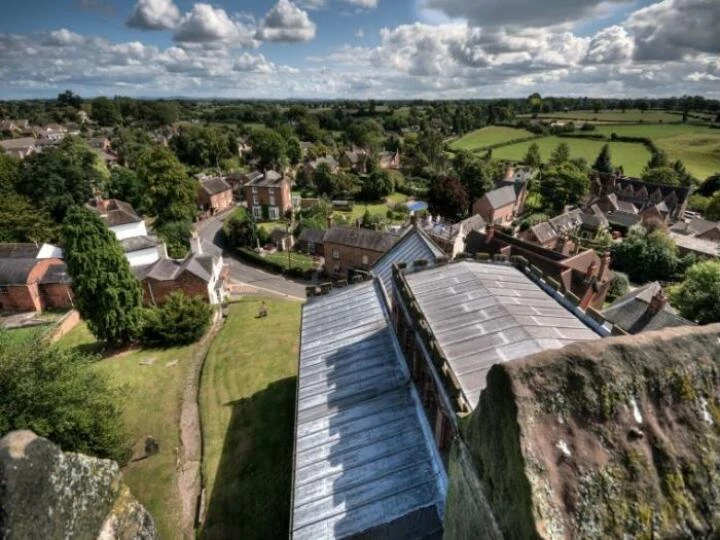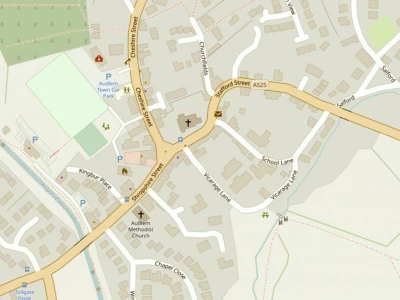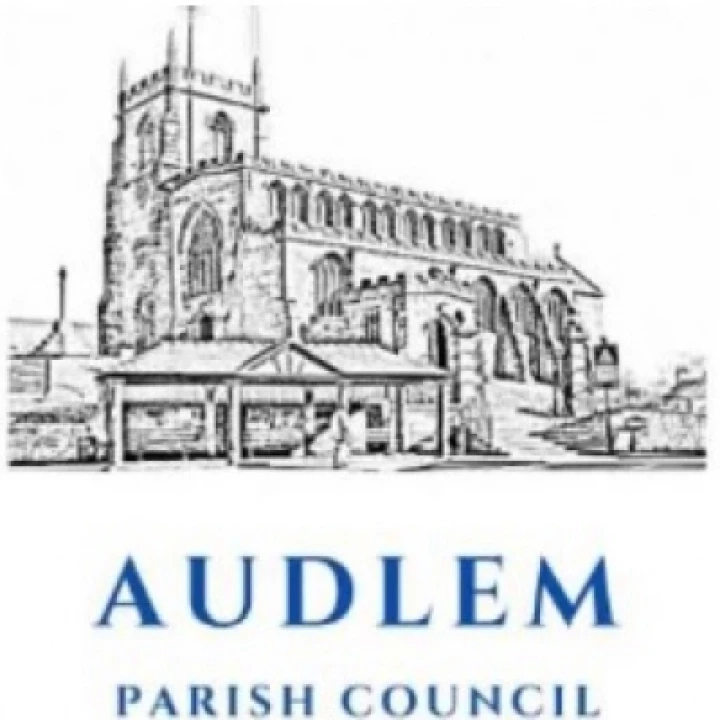



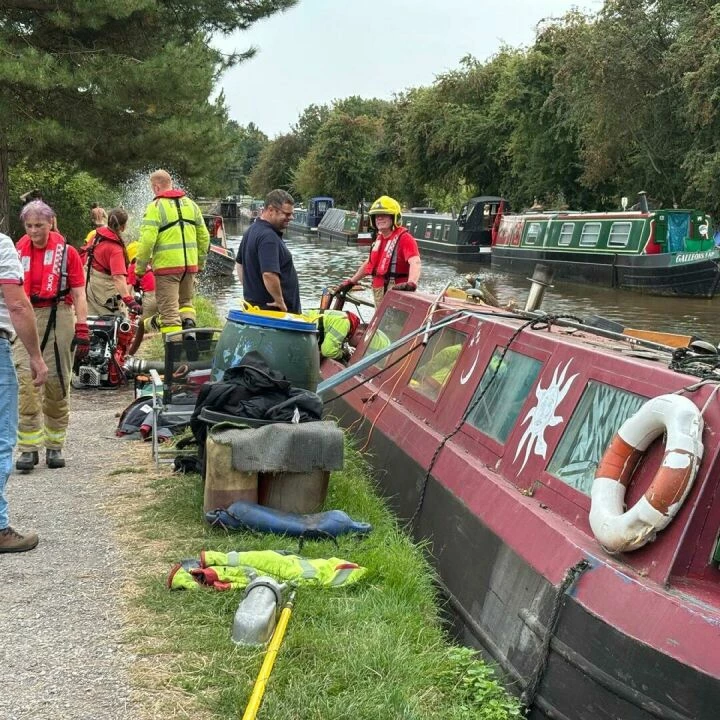
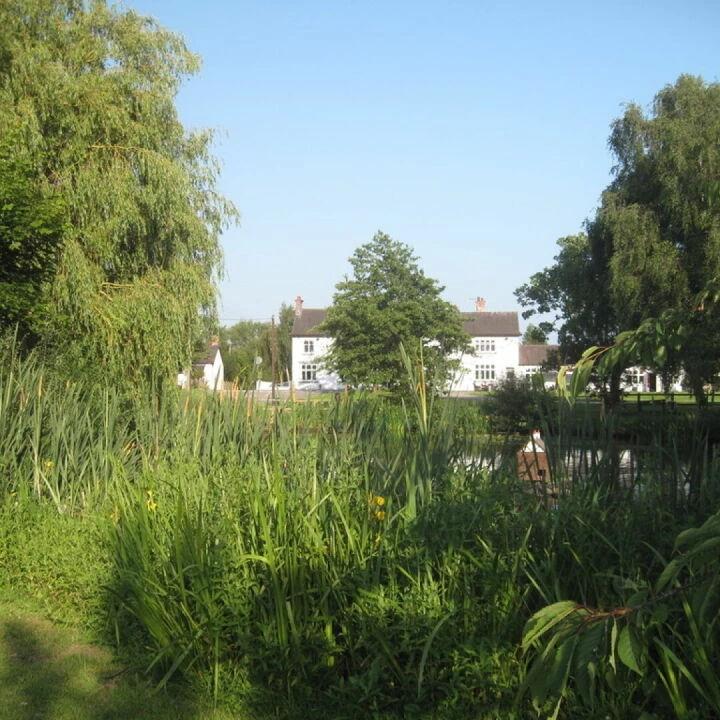


Ernest Hemingway
Ernest Miller Hemingway was an American novelist, short story writer, and journalist. His economical and understated style had a strong influence on 20th-century fiction, while his life of adventure and his public image influenced later generations. Hemingway produced most of his work between the mid-1920s and the mid-1950s, and won the Nobel Prize in Literature in 1954. He published seven novels, six short story collections, and two non-fiction works. Additional works, including three novels, four short story collections, and three non-fiction works, were published posthumously. Many of his works are considered classics of American literature.
Hemingway was raised in Oak Park, Illinois. After high school, he reported for a few months for The Kansas City Star, before leaving for the Italian Front to enlist with the World War I ambulance drivers. In 1918, he was seriously wounded and returned home. His wartime experiences formed the basis for his novel A Farewell to Arms (1929).
In 1921, he married Hadley Richardson, the first of his four wives. The couple moved to Paris, where he worked as a foreign correspondent and fell under the influence of the modernist writers and artists of the 1920s "Lost Generation" expatriate community. He published his debut novel, The Sun Also Rises, in 1926. After his 1927 divorce from Richardson, Hemingway married Pauline Pfeiffer; they divorced after he returned from the Spanish Civil War.
Martha Gellhorn became his third wife in 1940 and inspired him to write his most famous novel, For Whom the Bell Tolls, which he started in March 1939 and finished in July 1940. It was published in October 1940. Consistent with his pattern of moving around while working on a manuscript, he wrote For Whom the Bell Tolls in Cuba, Wyoming, and Sun Valley. For Whom the Bell Tolls became a Book-of-the-Month Club choice, sold half a million copies within months, was nominated for a Pulitzer Prize,
Hemingway separated from Gellhorn when he met Mary Welsh in London during World War II. He was present at the Normandy landings and the liberation of Paris. In 1947, Hemingway was awarded a Bronze Star for his bravery during World War II. He was recognised for his valour, having been "under fire in combat areas in order to obtain an accurate picture of conditions"
Hemingway published The Old Man and the Sea in 1952, and won the Pulitzer Prize for it. Shortly afterwards, he went on safari to Africa, where he was almost killed in two successive plane crashes that left him in pain or ill health for much of his remaining life. Hemingway maintained permanent residences in Key West, Florida, (1930s) and Cuba (1940s and 1950s), and in 1959, he bought a house in Ketchum, Idaho, where he killed himself in mid-1961.
Born 21st July 1899 in Oak Park, Illinois, U.S.
Died 2nd July 1961 in Ketchum, Idaho, U.S.
I love sleep. My life has the tendency to fall apart when I'm awake, you know?
This article is from our news archive. As a result pictures or videos originally associated with it may have been removed and some of the content may no longer be accurate or relevant.
Get In Touch
AudlemOnline is powered by our active community.
Please send us your news and views using the button below:
Email: editor@audlem.org

